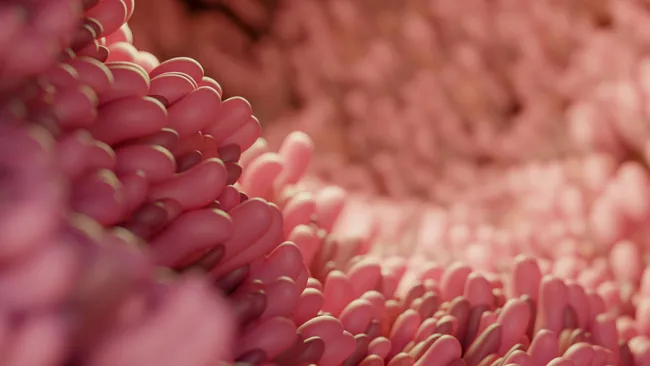Free Courses Sale ends Soon, Get It Now


Free Courses Sale ends Soon, Get It Now



Copyright infringement not intended
Picture Courtesy: https://www.livescience.com/health/viruses-infections-disease/mysterious-virus-like-obelisks-found-in-the-human-gut-and-mouth
Context: The identification of "Obelisks," a novel class of virus-like entities in the human gut and mouth, raises intriguing questions about their potential impact on the human microbiome.
Key Highlights of the research
Conclusion
|
PRACTICE QUESTION Q. What are Obelisks, as recently discovered by scientists? A) A new species of deep-sea fish. B) A type of bacteria found in the human gut. C) A novel class of virus-like entities in the human gut and mouth. D) A new medication being tested for treating gut diseases. Answer: C |
© 2024 iasgyan. All right reserved